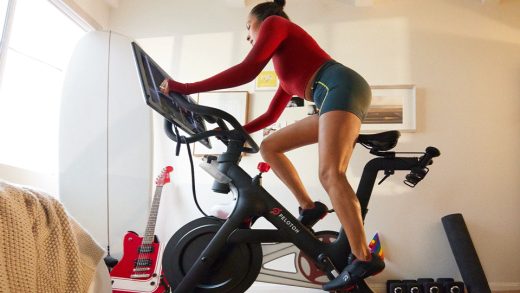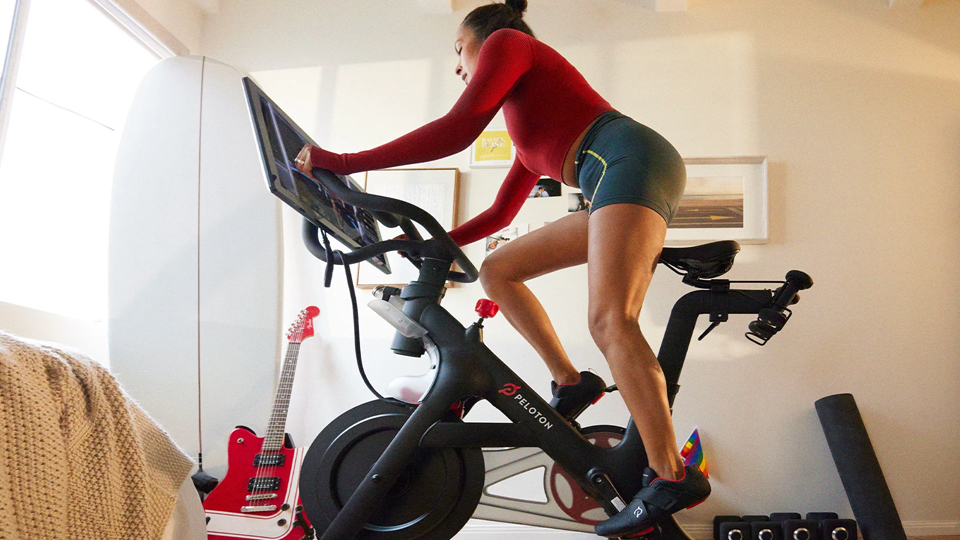Buying a used Peloton? Get ready for a $95 activation fee
Buying a used Peloton? Get ready for a $95 activation fee
It’s already having an impact on the company’s bottom line.
BY Sarah Bregel
If you buy a Peloton secondhand for a steal, now you’ll have to pay to activate it.
Buying a Peloton, whether a bike, treadmill, or row, is much cheaper when it’s not brand-new. The machines start at around $1,500 and can cost up to $4,995 (for a Treadmill+) straight from the site. But now Peloton, in an effort to capitalize on the surge in customers buying hand-me-down machines, is adding a new fee.
The company just announced it will charge new subscribers a $95 fee when a Peloton is bought secondhand. Essentially, in order to access classes or any of Peloton’s features, you must first pay the start-up fee, although that fee does come with a few perks.
“For secondary-market customers who buy Peloton Bike and Bike+, we offer a virtual custom fitting,” the brand said in the announcement. “Those Members will also have continued access to a Peloton History Summary for their pre-owned hardware that offers details about the product’s service history, warranty, and more.”
The added fee comes as the brand has seen an uptick in members buying the bikes from peers or on sites such as Facebook Marketplace and Craigslist. The emergence of the start-up Trade My Stuff (formerly Trade My Spin), a service that picks up and delivers exercise equipment to new owners, has deepened the buying of secondhand Pelotons.
That’s not necessarily bad for the brand, which is a subscription service. In fact, it’s helping to add to its earnings. If the bikes aren’t being used, the subscriptions are often canceled, whereas if a new owner dusts off an old Peloton and starts paying the monthly subscription and now the activation fee, the brand is still earning on the old equipment.
The company told CNBC that it saw a “steady stream” of paid subscribers from hand-me-down purchases during its fiscal fourth quarter, which ended June 30. The secondhand market has seen as much as a 16% increase year-over-year.
While sales of new Pelotons fell off after the brand’s initial popularity during the pandemic home-workout years, leaning into the secondhand market seems to be proving crucial. The latest announcement comes shortly after the brand announced it was laying off 15% of its staff, or about 400 employees, in May. At the time, CEO Barry McCarthy said the brand “simply had no other way to bring its spending in line with its revenue.” McCarthy announced his departure from the company at the same time.
Now, Peloton may finally be leveling off. Its losses have fallen from $241.8 million a year ago to a respectable $30.5 million in the most recent quarter, as sales rose to $643.6 million from $642.1 million last year.
While sales for the equipment still fell 4%, that doesn’t mean the brand isn’t earning, as the subscriptions are still being used—they’re just being used by new owners. That’s good for consumers who want budget-friendly equipment, and it’s good for Peloton.
ABOUT THE AUTHOR
(10)



